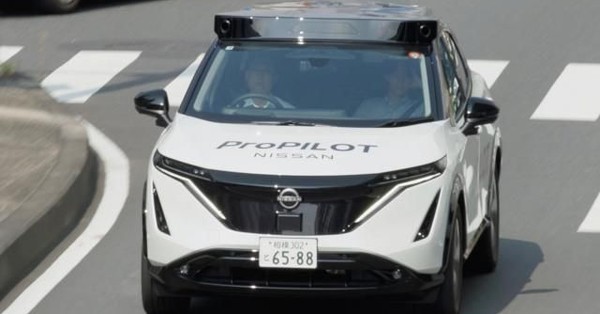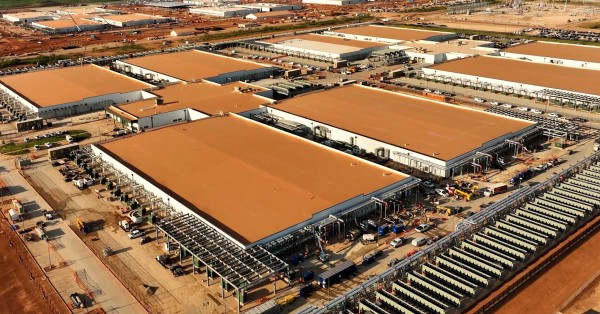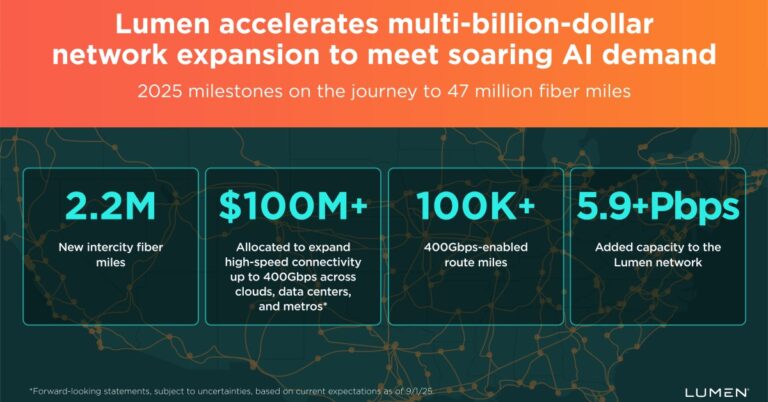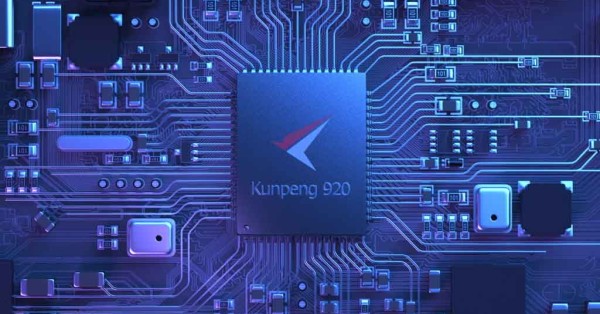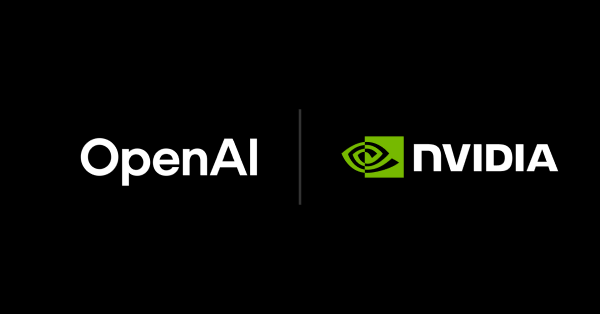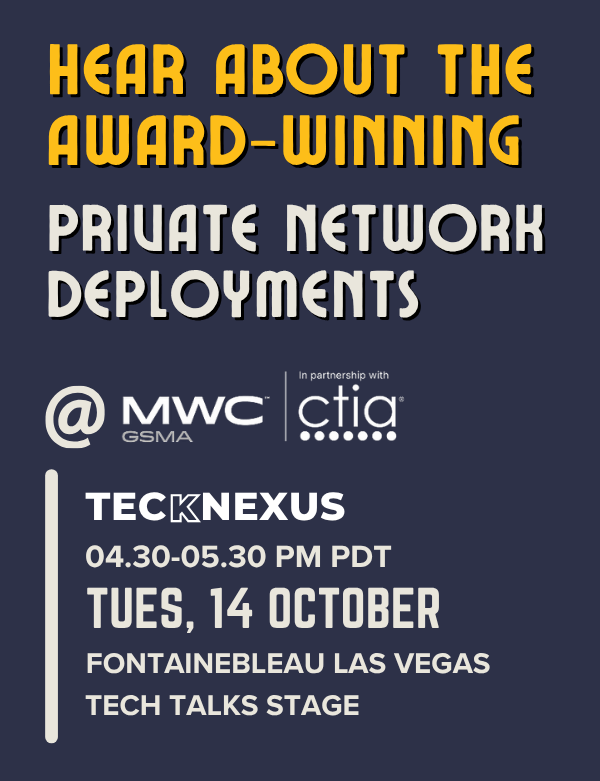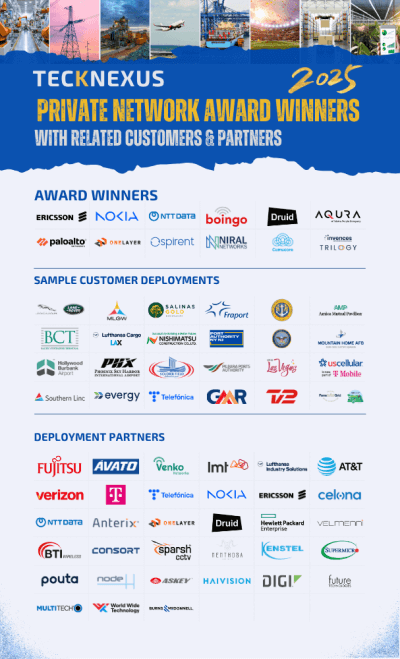- Tech News & Insight
- September 25, 2025
- Hema Kadia
Wayve’s end-to-end driving AI is now running in Nissan Ariya electric vehicles in Tokyo, marking a pragmatic step toward consumer deployment in 2027. The test vehicles combine a camera-first approach with radar and a lidar unit for redundancy, aligning with Japan’s dense urban environment and complex traffic patterns. The initial commercial target is “eyes on, hands off” Level 2 driver assistance, with drivers remaining responsible and ready to take over. Nvidia has signed a letter of intent for a potential $500 million investment in Wayve’s next funding round, reinforcing the compute-intensive nature of the program.


